Mount Pulag’s Features
- As a dormant volcano, Mount Pulag offers a unique opportunity for visitors to explore a natural wonder while respecting its sacred significance to the local indigenous communities.
- The “sea of clouds” phenomenon, visible from the summit in the early morning, is a breathtaking sight that has become a major draw for tourists. Additionally, the unobstructed view of the Milky Way Galaxy from the peak makes it a popular destination for stargazers and astrophotographers.
- The mountain is not only a natural marvel but also a place of cultural significance, being the traditional home of the tinmongao spirits and a sacred resting place for the locals.
- The declaration of Mount Pulag as a protected landscape in April 2022 underscores the importance of preserving its unique ecosystem and cultural heritage. The national park is home to a diverse range of flora and fauna, including the endangered Koch pitta bird, making it a vital conservation area in the Philippines.
The Trails of Mt. Pulag
The four major trails for hiking and climbing Mount Pulag are the Ambangeg Trail, Akiki Trail, Tawangan Trail, and Ambaguio Trail. Each trail offers a unique experience and varying levels of difficulty. The Ambangeg trail is the most accessible for beginners, while the Akiki trail presents a more challenging route for experienced hikers. Here are detailed insights for each trail:
Ambangeg Trail
- The Ambangeg Trail, also known as the “Artista Trail”, is the most accessible for beginners, making it a popular choice for those new to hiking and climbing. It is considered the easiest and safest trail up Mount Pulag.
- It is known for its well-established and gradually ascending path, making it relatively easier for inexperienced hikers. It is an out-and-back trail, making it a straightforward route for hikers.
- The trail is approximately 8 kilometers from the Ranger Station to the summit, with an average completion time of 4 to 6 hours for beginners.
- The trailhead for the Ambangeg Trail is the Babadak Ranger Station in Ambangeg, Daclan, Bokod, Benguet.
Akiki Trail
- The Akiki Trail, approximately 10 kilometers from the jump-off point to the summit, is a challenging route that takes about 10 hours to complete, making it more suitable for experienced hikers.
- It is known as the “killer trail” due to its steep and winding trails, making it a hardcore level climb. It has a combination of exposed and covered trails, with a few steep segments, requiring a higher level of fitness and endurance.
- The trail offers stunning views of the Cordillera mountains and the river, providing a rewarding experience for those who are up to the challenge.
Tawangan Trail
- The Tawangan Trail starts at Kabayan, Benguet, and is known for its steep terrain, making it a challenging route, similar to the Akiki Trail. The trail is described as difficult for inexperienced climbers due to its steepness, requiring a higher level of fitness and endurance.
- It takes approximately 10 hours to complete, covering a distance of 21.80 kilometers from Tawangan to Ambangeg.
- The trail is known its exuberant display of mosses and ferns in the mossy forest, which takes up half of the trail. But beware of the presence of highly aggressive and larger-than-average leeches, earning it the nickname “Bloody Trail” of Mount Pulag.
- The Tawangan Trail is a less popular route compared to the Ambangeg and Akiki trails, making it a great option for those seeking a more secluded and adventurous experience. Hikers taking the Tawangan Trail are advised to prepare for the extreme cold and changing weather conditions by bringing appropriate gear, such as jackets, gloves, and rainproof outfits.
Ambaguio Trail
- The Ambaguio Trail, accessible from the town of Ambaguio in Nueva Vizcaya, is an alternative route for reaching the summit of Mount Pulag. It is known for being the longest yet most rewarding and scenic trail among the four primary trails of the mountain.
- The trekking time for the Ambaguio Trail is around 33 kilometers with a gain/decent of 2,100 meters, which is typically allocated to complete the hike in two days.
- The trail also features a mossy forest and provides stunning sceneries of the eastern portion of the Cordillera Mountain Range, taking hikers from one village to the next, with views of faraway villages nestled within the mountain slopes.
How to Book a Climb to Mt. Pulag
- These group climbs normally take the Ambangeg Trail, the most accessible for beginners, with an average completion time of 4 to 6 hours.
- The guides will help you prepare by advising you what you need to bring and what to expect.
- You have guides who will help set up your tent and get you settled in the camping site.
- Lunch and dinner at the trail are already included.
- Entrance fees and insurance are included in the package.
- Joiner tours provide the opportunity to climb with other people, ensuring safety and hassle-free planning.
To book your tour online, you can check out these hiking tours from Klook:
You can also search for joiner hiking tours on Facebook offered by different tour agencies but read reviews first before booking anything. You have to make sure that the company is legit and safe.
What to Bring on a Mt. Pulag Hike
- Water Bottle: Bring your own bottle and consider a filter or water purifier in case you need to refill from natural sources.
- Food: Pack trail food, such as mixed nuts, trail mix, and chocolate, for energy. Ensure you have enough for the duration of your trek, including any overnight stays.
- Sunscreen: Protect your skin from the sun’s rays, even in cold weather.
- Hiking Shoes: Wear sturdy, comfortable shoes suitable for the terrain.
- Rain Gear: Pack a rain-proof jacket, pants, and extra clothes for layering. Be prepared for changing weather conditions.
- Gloves and Bonnet: Keep warm with gloves and a bonnet, especially for the cold temperatures at higher altitudes.
- First Aid Kit: Include personal medications, basic first aid supplies, and tissue paper/wet wipes.
- Mess Kit: Bring a plate or container, utensils, and toiletries, including toilet paper.
- Whistle: Carry a personal whistle for safety in case you get lost.
- Trekking Clothes: Pack suitable clothing, including a fleece jacket, down jacket, and hiking pants. Be prepared for temperatures as low as 0–7 degrees Celsius (32-45 Fahrenheit).
- Sleeping Bags and Mat: For overnight stays, ensure you have appropriate sleeping gear for the cold temperatures
How Much Will The Hike Cost
If you opt for a tour group, prices can range from PHP 3,800 to PHP 5,600 depending on the agency you will go with. These packages typically include transportation, registration fees, DENR fees, and other applicable fees. These will also include lunch and dinner for overnight fees and of course, your guide. Some packages also include pick-up from specific locations in Metro Manila or Baguio City.
The Klook tours I’ve seen so far would range from PHP 4,000 to P4,800. Of all the tour groups in Klook, this is the cheapest so far: 2D1N Mt. Pulag Hike
On the other hand, if you decide to plan a DIY trip, you’ll need to consider the costs of transportation, registration, and other fees separately. The exact cost can vary depending on your starting location and the specific details of your trip.
Please note that these prices are estimates and can change depending on various factors. It’s always a good idea to check the latest prices and details with the tour group or the Mt. Pulag National Park Office.
Essential Guidelines for Hikers
- Obtain a climb permit from the Mt. Pulag National Park Office before the climb for DIY hikers.
- Ensure you are in good physical condition and have done the necessarily physical preparations before attempting the climb.
- Bring the necessary gear and supplies, such as hiking clothes, rain gear, gloves, bonnet, first aid kit, mess kit, and a whistle. Refer to the list in the section above on essential items to bring.
- Bring a garbage bag and practice “leave no trace” principles by carrying out all waste from the mountain.
- Respect the local customs and the natural environment by following designated trails, refraining from shouting or reckless behavior, and staying on the established path.
- Adhere to the regulations and guidelines set by the park authorities, including not proceeding in case of low visibility due to strong rains.
- Attend pre-climb meetings and listen to local guides and seminars to learn about the area and safety precautions.
- Follow designated trails and refrain from shouting or reckless behavior to respect the mountain and the locals.
- Prepare for the extreme cold and changing weather conditions by bringing appropriate gear, such as jackets, gloves, and rainproof outfits.
- For DIY hikers, check weather reports at Kabayan by calling the Mt. Pulag Protected Area Office or visiting the Facebook page of Mt. Pulag National Park Bulletin. Reschedule your hike if there is a threat of storms or heavy rain.
By following these guidelines, hikers can contribute to the preservation of Mount Pulag’s unique ecosystem and cultural significance while ensuring a safe and memorable experience.
Frequently Asked Questions about Mt. Pulag
1. What level of physical fitness is required to conquer a mountain like Mt. Pulag?
Physically fit climbers will find the climb manageable, but it’s recommended to prepare physically at least two weeks prior to the climb. Regular exercise can make the climb easier and more enjoyable.
2. Are there any conservation efforts being done to protect Mt. Pulag and is there anything I can do to support it?
Yes, Mt. Pulag is a National Integrated Protected Areas Programme (NIPAP) site. As a visitor, you can support conservation efforts by following the “leave no trace” principle, which includes disposing of waste properly, respecting wildlife, and not taking anything from the environment.
3. How many days can one stay in Mt. Pulag? How many days should we allot for a trip to the mountain?
The duration of your stay depends on your pace and the trail you choose. However, most organized trips are two-day, one-night affairs.
4. Is there any guarantee we’ll experience great weather and see a beautiful sunrise and be above the clouds?
There’s no guarantee of perfect weather or a beautiful sunrise as the mountain’s weather is very fickle. However, with the right attitude and great company, you’re guaranteed to have a memorable experience regardless of the weather.
5. Is Mt. Pulag the highest mountain in the Philippines?
No, Mt. Pulag is the third highest mountain in the Philippines. The highest mountain is Mt. Apo in Mindanao. However, Mt. Pulag is the highest peak in Luzon.
6. When is the best season to climb Mt. Pulag?
There’s no guaranteed best season to climb Mt. Pulag as the weather can be unpredictable. However, it’s generally recommended to avoid the rainy season.

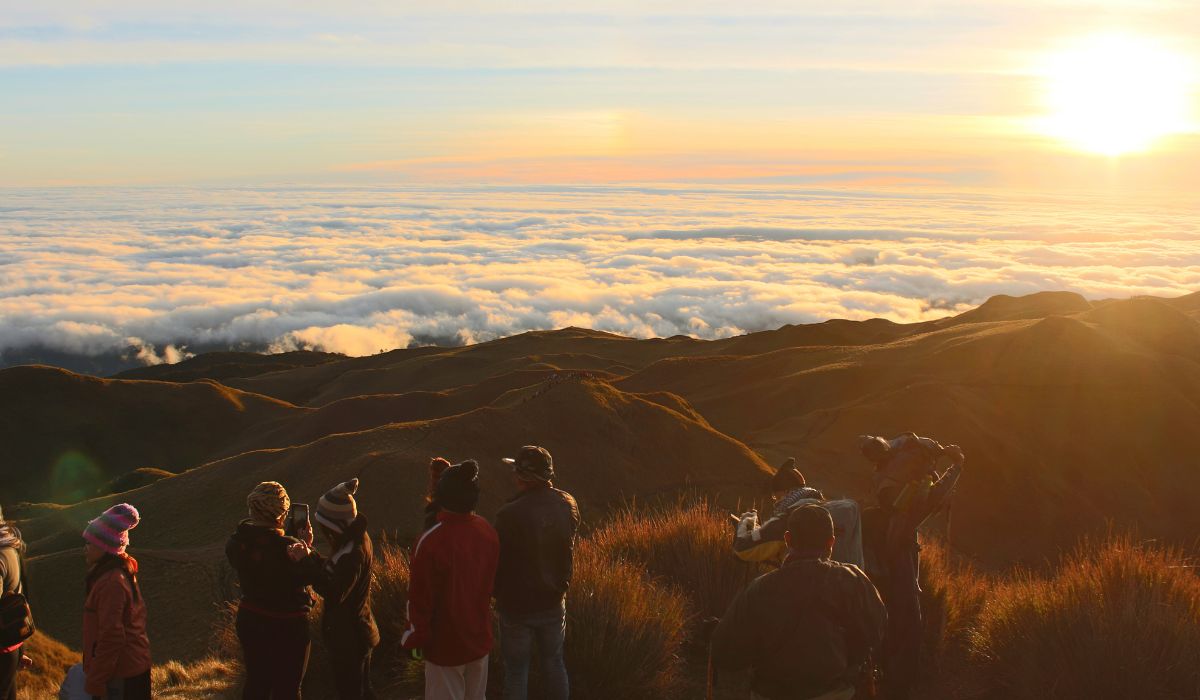




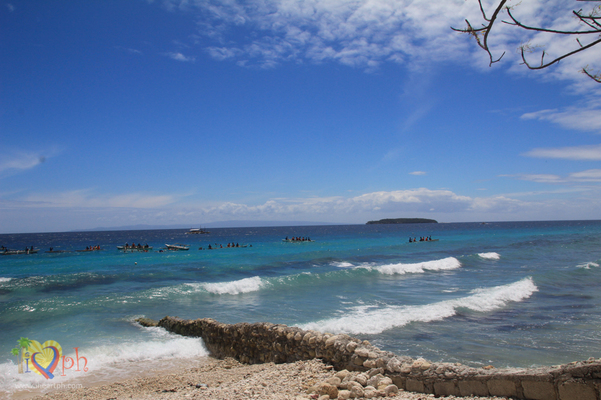
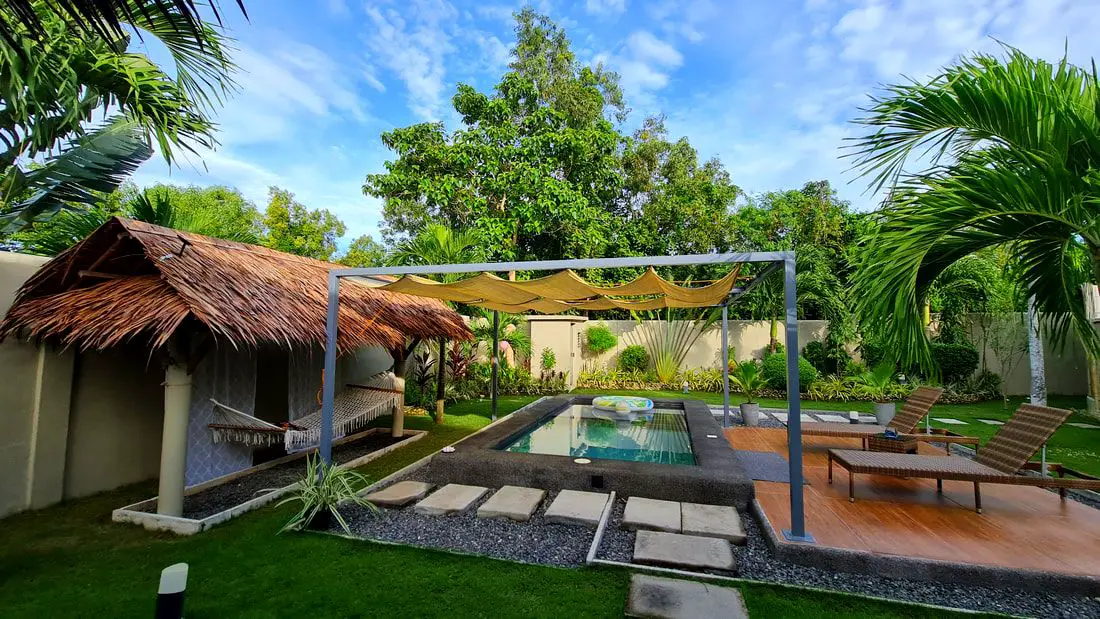
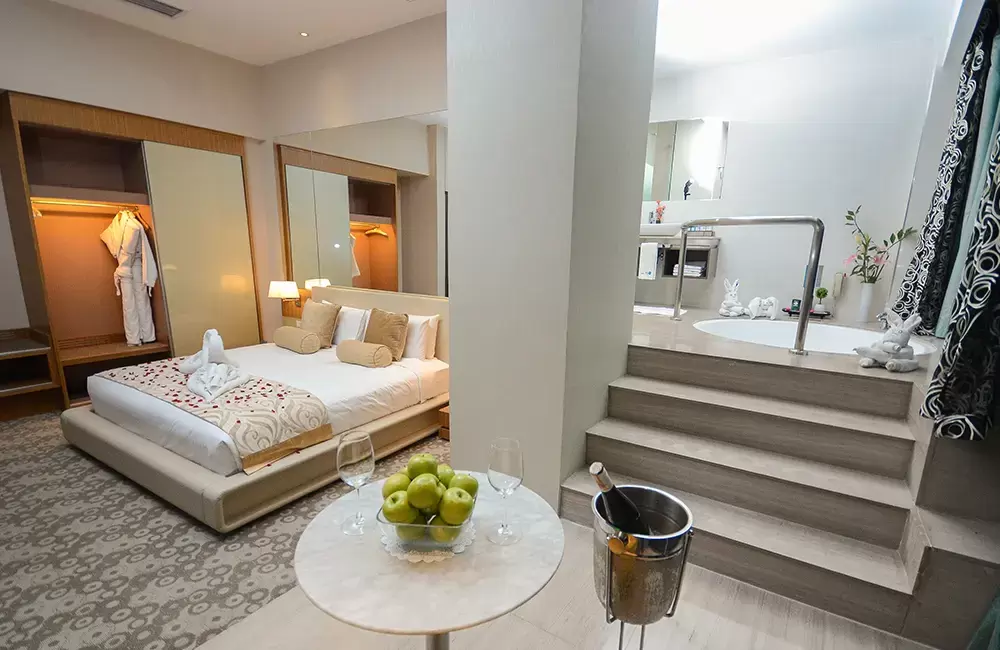
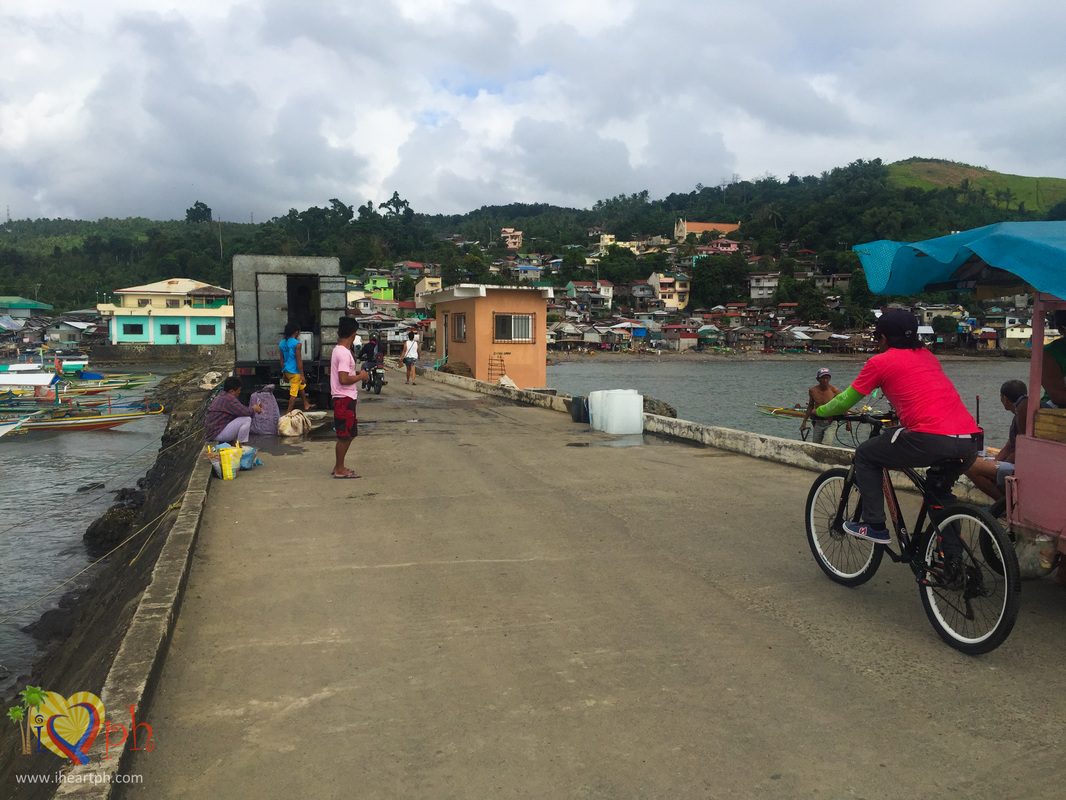
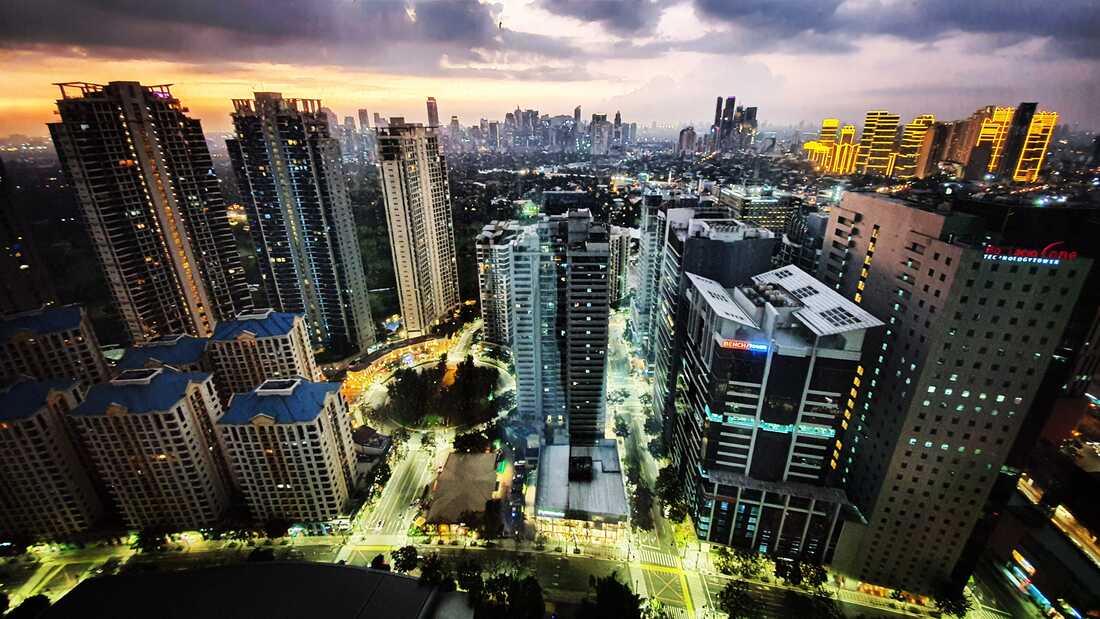

Leave a Reply